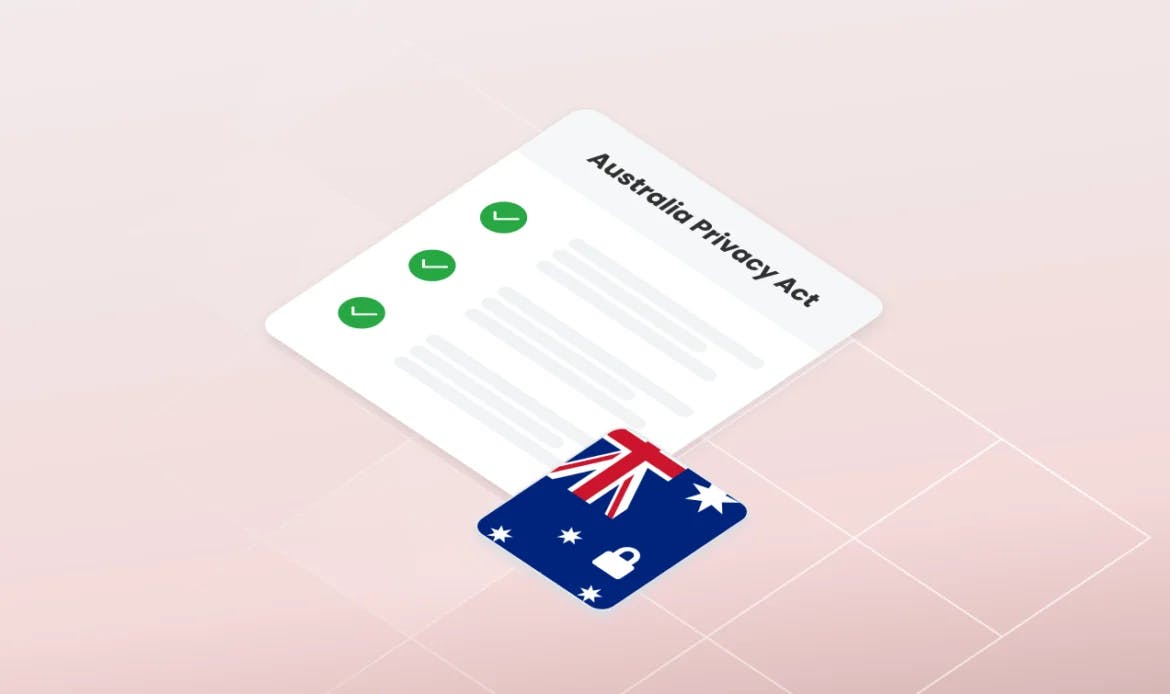
Digital data protection in Australia is centered on the Privacy Act of 1988. This legal framework was designed to address privacy and data security complexities and was initially established in response to growing concerns about personal information safety.
The Australia Privacy Act has, of course, not remained stagnant since 1988. There have been numerous updates over the last 36 years, mirroring the large-scale changes in the real world – specifically in technology and data utilization.
Most recently, and of particular note, are the 2022 changes. These have significantly reinforced the rights surrounding data protection and privacy in Australia, highlighting individuals’ and organizations’ need to stay current with these legislative developments.
Originating in 1988, the Australian Privacy Act was a legal answer to the growing demands for the structured handling of personal data. Over the ensuing years, the Australia privacy laws have undergone substantial reforms, including the creation of the Office of the Australian Information Commissioner (OAIC), a body dedicated to supervising privacy and information management.
The introduction of the Notifiable Data Breaches scheme and the more recent 2022 legislative enhancements have refined the Act’s approach to privacy and data protection, ensuring it remains relevant in a digital world that was not imagined when the act was originally written.
The Act’s jurisdiction primarily extends to Australian government agencies and private sector organizations, including not-for-profits, particularly those with an annual turnover exceeding AUD 3 million. However, the Act also defines specific exceptions, ensuring a focused yet comprehensive application in data protection practices.
Australia privacy law defines ‘personal information’ as a diverse array of data identifiable to an individual. This broad spectrum covers typical identifiers, such as names and addresses, alongside more sensitive data like health records and biometric details.
The Act is built on the 13 Australian Privacy Principles (APPs). These are the guiding framework for data handling in Australia, covering everything from consent in data collection to data security and giving guidance on personal information collection, utilization, and disclosure.
There are strong focuses on:
Transparency in data handling
The importance of maintaining data accuracy
Safeguarding information from unauthorized access
Simultaneously, the APPs define individual data access and correction rights, underscoring a dual commitment to privacy and user agency.
The Act places significant emphasis on consent, especially regarding the collection and processing of personal data – this consent must be explicit, informed, and given for specified processing activities.
The Act also vests individuals with rights such as anonymity, the ability to access and correct data, options to opt out of data collection, and the right to lodge complaints about data management practices.
Individuals have the right to access their personal data held by organizations according to the Privacy Act. This process involves contacting the concerned organization, often through a designated privacy officer. The organization must facilitate a structured process for such requests. Upon receiving an access request, organizations are expected to respond within a reasonable period, typically 30 days, and can only impose a charge if the request incurs significant resource expenditure. In instances where access is denied, organizations are obliged to provide justifiable reasons in alignment with the Act.
The Act outlines specific protocols for reporting and addressing data breaches. Any affected organization must notify both the OAIC and affected individuals, particularly in scenarios where the breach poses a significant risk of harm.
This protocol ensures prompt action to mitigate potential damages, emphasizing the responsibility of organizations to protect user data.
A ‘serious harm’ data breach under the Privacy Act is characterized by unauthorized access or disclosure of personal information that could likely result in considerable harm to affected individuals.
This harm encompasses a range of data breach effects, including:
Financial impacts
Psychological impacts
Reputational impacts
Physical impacts
When assessing a breach’s severity, factors such as the data’s sensitivity, potential for misuse, and likely impact on individuals are considered. For breaches likely to cause serious harm, the Act necessitates immediate notification to both the impacted individuals and the OAIC.
Australia’s Privacy Act is a strict legal commitment to safeguarding personal data in a world increasingly interconnected by digital means. The extensive scope of the Act, reinforced by stringent guidelines, demands that companies take their understanding and implementation of the rules seriously or suffer potentially catastrophic penalties.
For those seeking assistance in aligning with the Act’s requirements, CookieHub offers expert guidance and support, ensuring that the complexities of data protection are seamless and straightforward.
CookieHub automatically scans your website to detect cookies, ensuring all cookies are easily managed.
©2018-2025 CookieHub ehf.
CookieHub CMP offers tools and services for managing cookies and online privacy.


